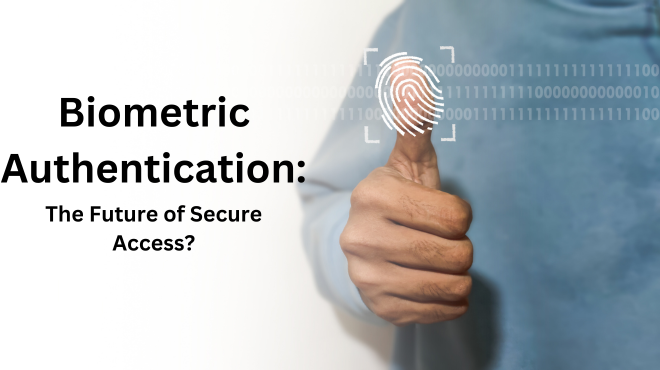
In a time overwhelmed by computerized headways, guaranteeing the security of delicate data is of foremost significance. Customary techniques for validation, like passwords and PINs, are as of now not adequate to safeguard against the steadily developing scene of digital dangers. Enter biometric verification, a progressive innovation that use special organic elements to safely give access. This authority of biometric verification vows to rethink the manner in which we defend our computerized resources and individual data.
Biometric validation is a state of the art security innovation that depends on the one of a kind physical or social qualities of a person for recognizable proof and access control. Dissimilar to passwords or tokens, which can be effectively neglected, lost, or taken, biometric information is innate to every individual and is trying to repeat. This makes biometric confirmation a very dependable and secure strategy for shielding advanced spaces.
Unique mark checking is one of the most seasoned and most broadly utilized types of biometric verification. Every individual’s finger impression is interesting, and present day scanners can catch complex subtleties, making it a profoundly protected technique.
Facial acknowledgment innovation maps the exceptional highlights of a singular’s face, like the distance between the eyes and the state of the nose and mouth. It has acquired prevalence as of late because of its accommodation and non-meddling.
Iris and retina examining include catching the novel examples in the shaded piece of the eye or the dainty layer of veins at the rear of the eye. These strategies are profoundly exact and challenging to manufacture.
Voice biometrics investigate the interesting attributes of a singular’s voice, including pitch, tone, and discourse designs. This technique is usually utilized in phone based verification frameworks.
Social biometrics break down examples of conduct, like composing mood, walk, or even the manner in which an individual holds their gadget. These qualities are extraordinary to every person and give an extra layer of safety.
Biometric confirmation offers a more elevated level of safety contrasted with conventional strategies. The uniqueness of each biometric include makes it incredibly hard for unapproved clients to get entrance.
Biometric confirmation wipes out the memorable need passwords or convey actual tokens. Clients can basically introduce their biometric information, giving a consistent and helpful experience.
Since biometric highlights are innate to people, it gives serious areas of strength for an of non-renouncement. When an individual is validated, it is almost unimaginable for them to deny their inclusion.
4. Diminished Fraud
The intrinsic uniqueness of biometric highlights makes it provoking for fraudsters to imitate or control the information, lessening the gamble of wholesale fraud or unapproved access.
While biometric verification has fundamentally progressed, there are still difficulties to address, for example, security concerns, potential information breaks, and the requirement for normalized conventions. Continuous innovative work are centered around further developing exactness, extending similarity across gadgets, and tending to moral contemplations encompassing biometric information utilization.
Taking everything into account, the dominance of biometric validation is reshaping the scene of computerized security. As innovation keeps on progressing, integrating special organic elements for access control guarantees a more powerful guard against digital dangers. With the consistently expanding dependence on computerized stages, biometric verification remains as an imposing gatekeeper, giving a protected and helpful method for shielding our most delicate data.